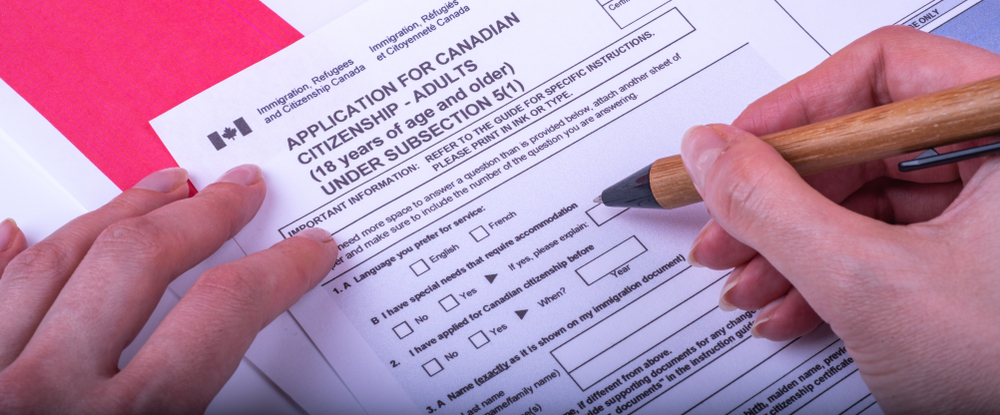Canada has the highest rate of immigrants becoming citizens than any other country globally. The conversion rate stands at 85%. This is an impressive rate, given that hundreds of thousands of permanent residents apply to become citizens every year, and for good reason.
Becoming a Canadian citizen afford you the chance to live, work, and gain education in one of the world’s most peaceful countries. Canada also boasts of having a very economically, politically, and socially stable society. You will also relish one of the world’s most powerful passports and grant the right to vote.
Are you planning to become a Canadian citizen? If yes, you have to meet the following conditions:
- Attain permanent residency
- Meet the required physical presence in Canada
- File your taxes when required
- Pass the Canadian citizenship test
- Prove your ability to communicate in English and French

Permanent Resident Status
If you wish to apply for citizenship in Canada, you must hold a permanent resident status. This requirement applies to everyone, irrespective of their age. By holding a permanent resident, you aren’t under the spotlight of the Immigration Department of Canada for reasons of fraud or misuse of your PR card and are not a subject of a removal order. To obtain citizenship, you also have to fulfill all your permanent residency status conditions. These conditions include completing your medical screening.
Note: You can apply for citizenship with an expired PR card.
Physical Presence Requirements in Canada
Before applying for citizenship, you need to ensure that you have been physically in Canada for at least three years (1095 days). You have to spend these days during a five-year window between the day you begin your permanent residency and before signing your citizenship application. The Immigration, Refugees, and Citizenship Canada IRCC encourage applicants to apply with a higher number than the minimum requirement to remain in a better position if there’s an issue with your calculation.
Protected people and those who reside in Canada on a temporal basis can calculate the total days they’ve lived in Canada as part of their residency requirements. However, each day spent in Canada as a temporally resident counts as half a day. For instance, if you’ve lived there for two years, you can add 365 days when calculating your physical presence.
The IRCC only permits temporary residents or protected persons to add no more than 365 days towards their time spent in Canada, regardless of how you’ve physically lived in the country. Examples of temporary residents include foreign visitors, workers, students, and people with permission to live in the country temporarily.
On the other hand, they are protecting people deemed by the Immigration and Refugee Board (IRB) as convention refugees or finding them in need of protection. Protected people also include those receivers of a positive decision regarding their Pre-removal Risk Assessment from the IRCC.
While physical presence requirements are counted as time spent physically in Canada, there are some exemptions. For instance, a permanent resident who works in the USA may be allowed to count days spent in the US as part of their physical presence. This is on the condition that they reside in Canada or return for a fraction of the day.






